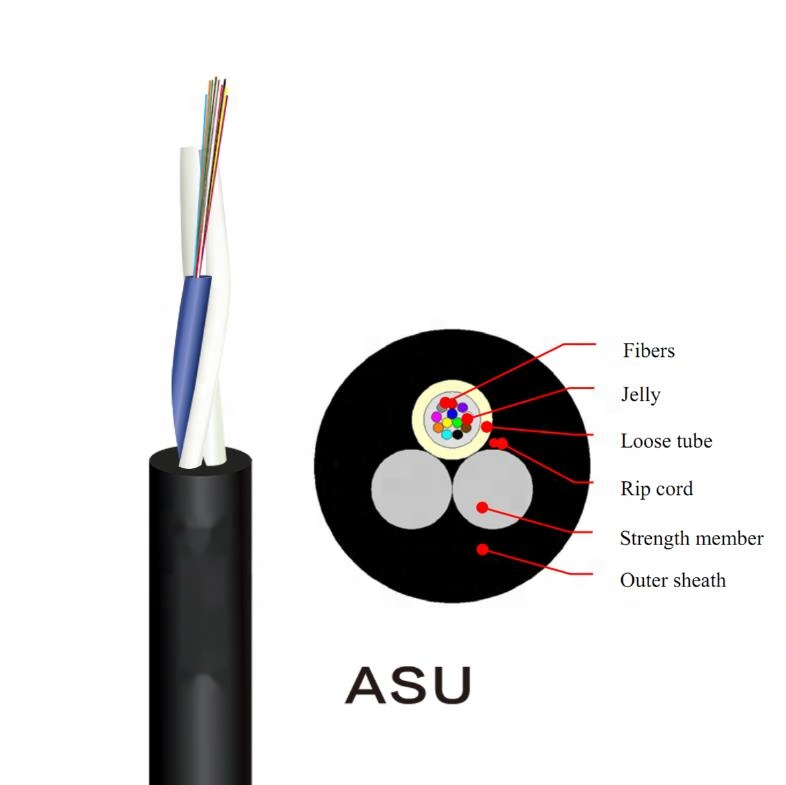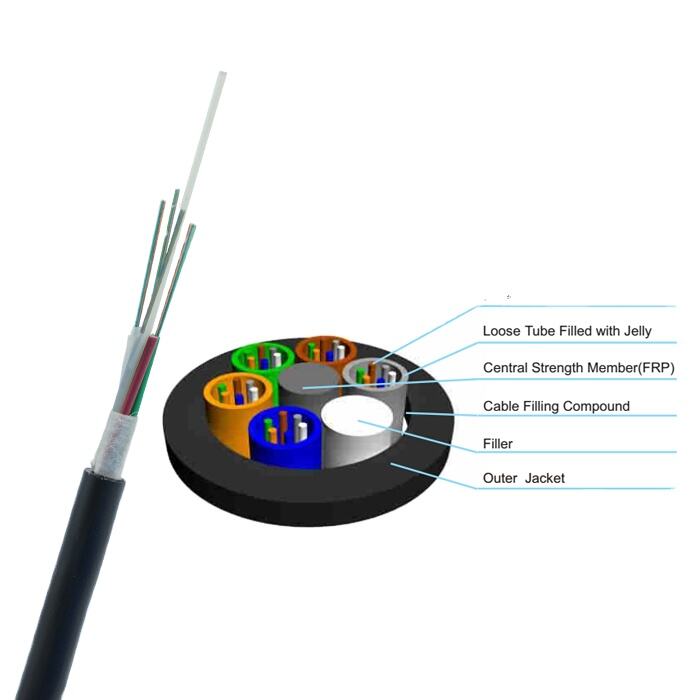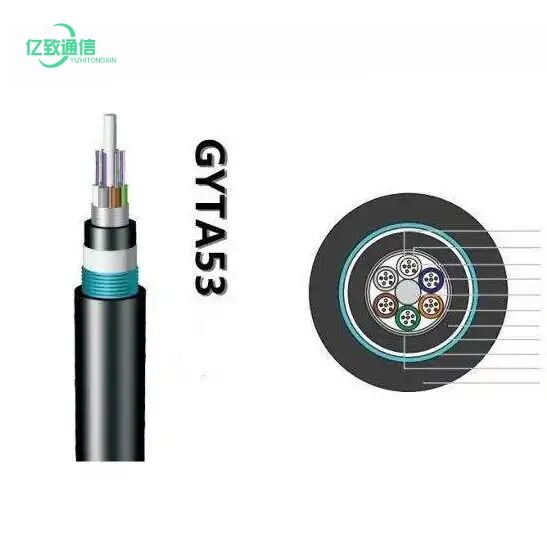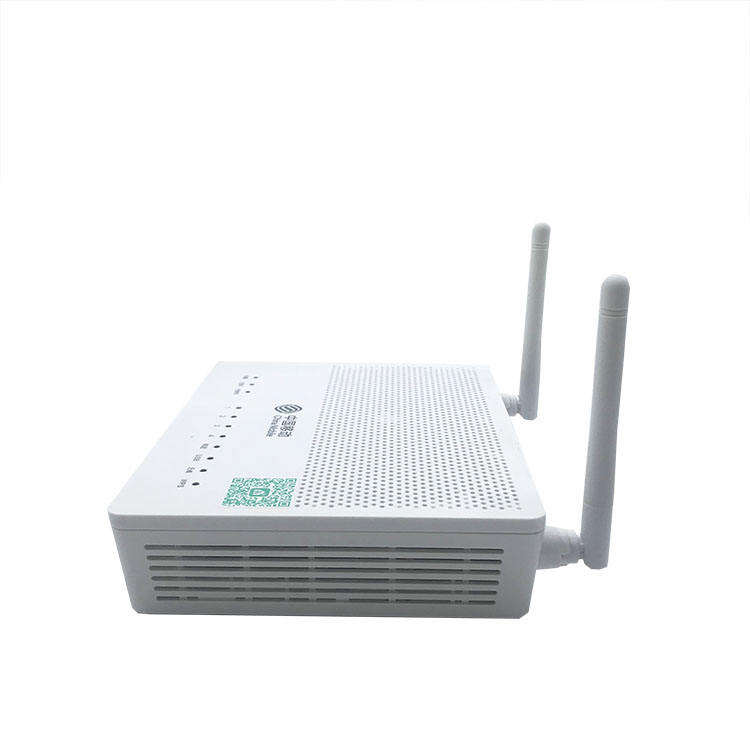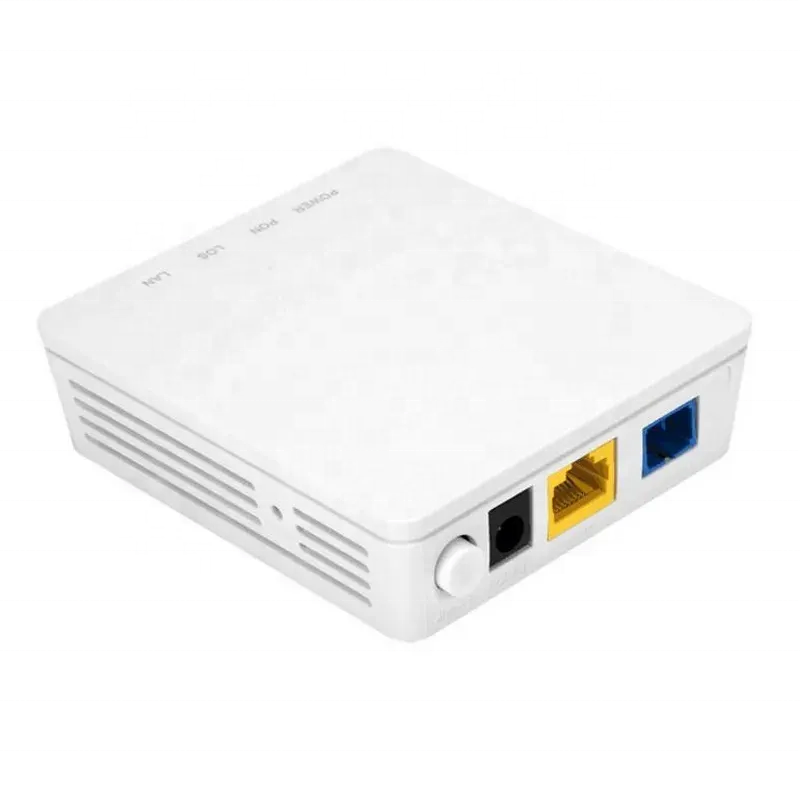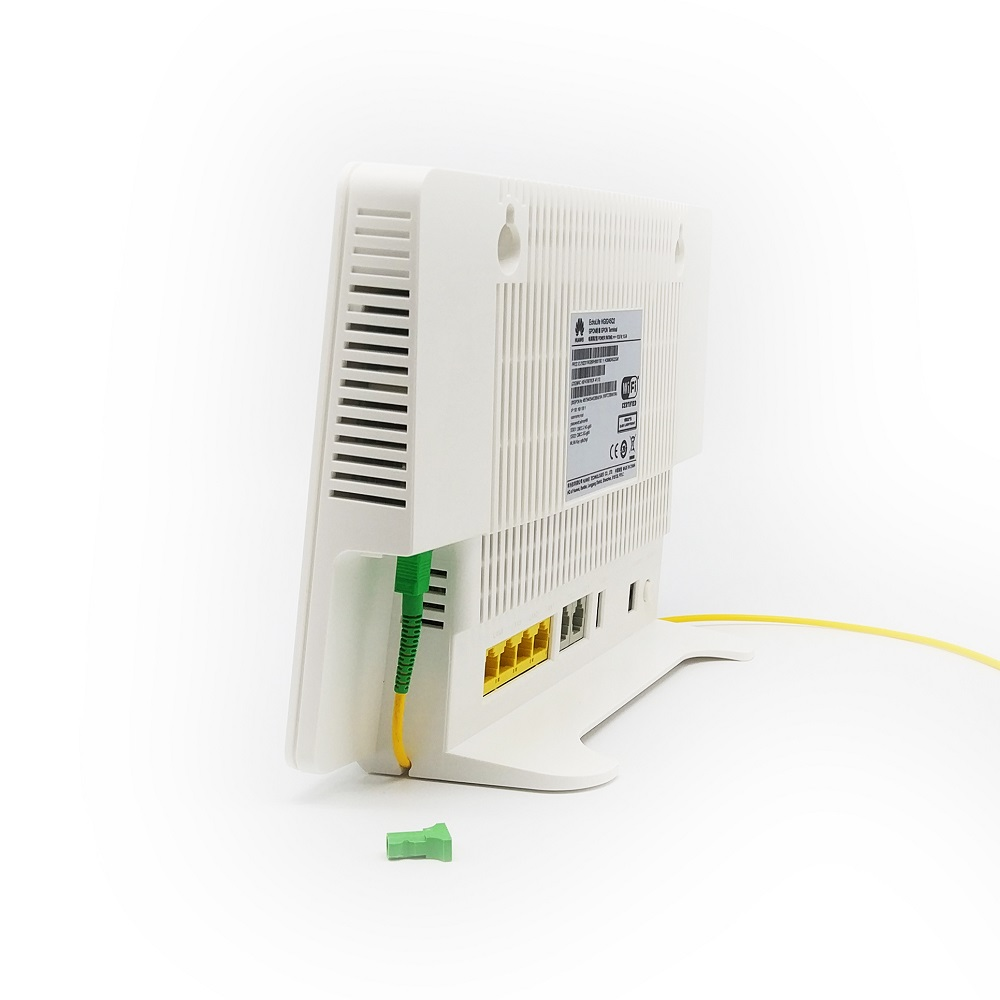fiber optic line
A fiber optic line represents a groundbreaking advancement in telecommunications technology, utilizing thin strands of pure glass or plastic to transmit data through pulses of light. These remarkable cables, approximately the diameter of a human hair, can carry vast amounts of information across long distances with minimal signal loss. The core technology relies on total internal reflection, where light signals bounce along the fiber's core while maintaining data integrity. What sets fiber optic lines apart is their incredible capacity to handle bandwidth-intensive applications, supporting speeds up to 100 Gbps in commercial settings. These lines serve as the backbone of modern internet infrastructure, enabling everything from high-speed internet connectivity to complex telecommunications networks. Their applications span across numerous sectors, including telecommunications, medical imaging, military operations, and industrial automation. In data centers, fiber optic lines facilitate rapid data transfer between servers, while in homes and offices, they deliver reliable high-speed internet access. The technology's versatility extends to specialized applications like endoscopy in medical procedures and secure communications in military operations. As demand for faster data transmission continues to grow, fiber optic lines remain at the forefront of communications technology, constantly evolving to meet increasing bandwidth requirements.

